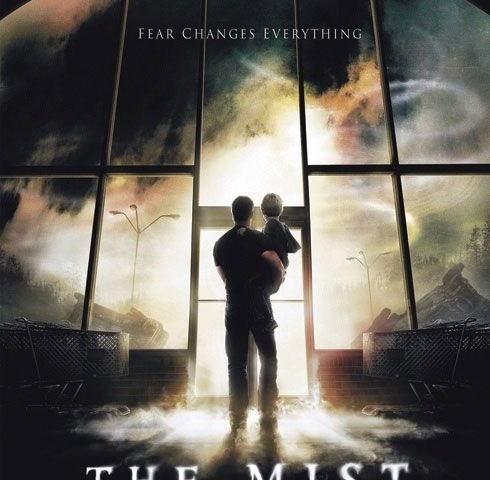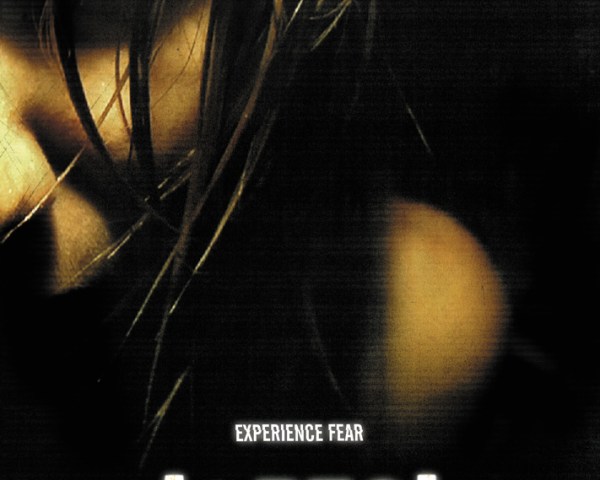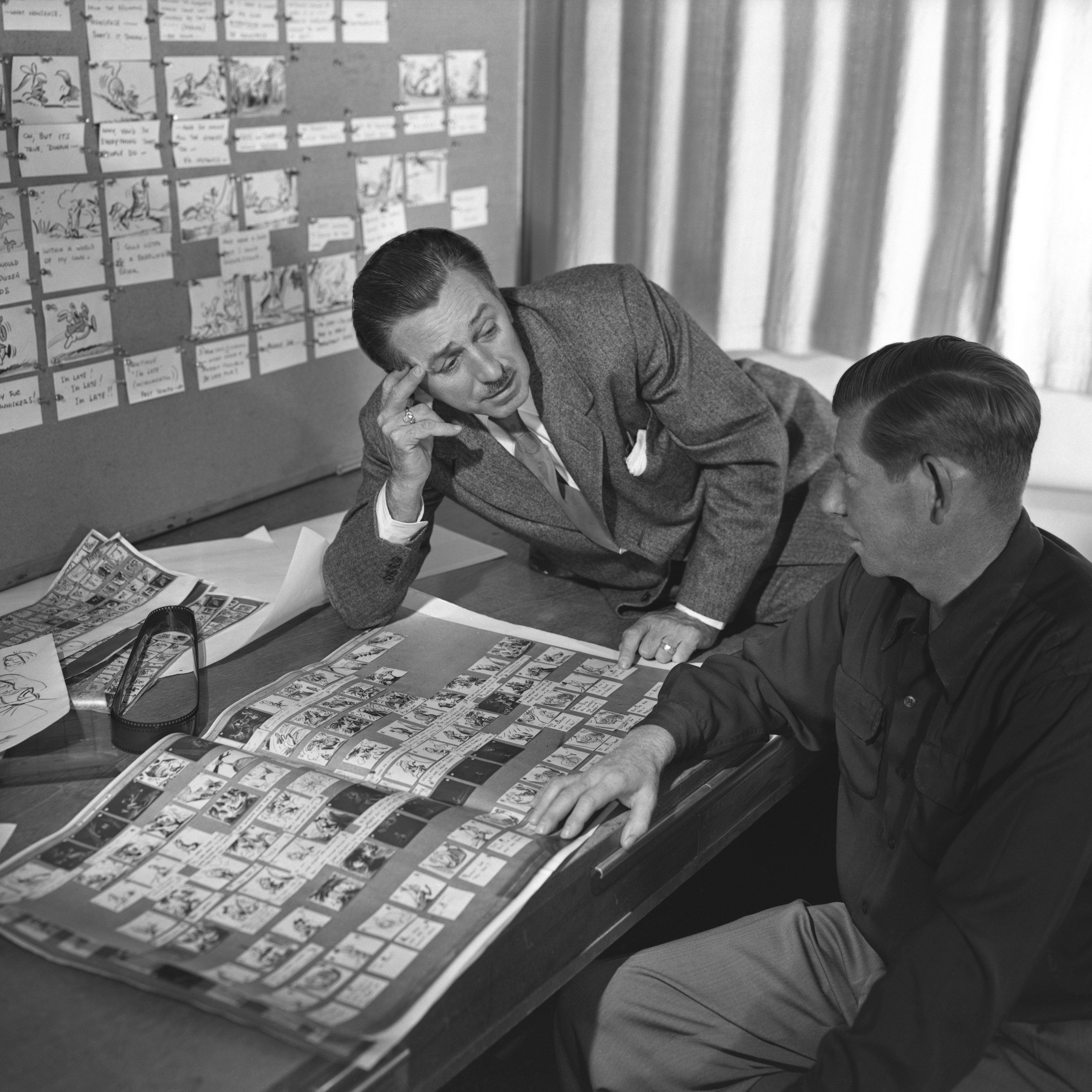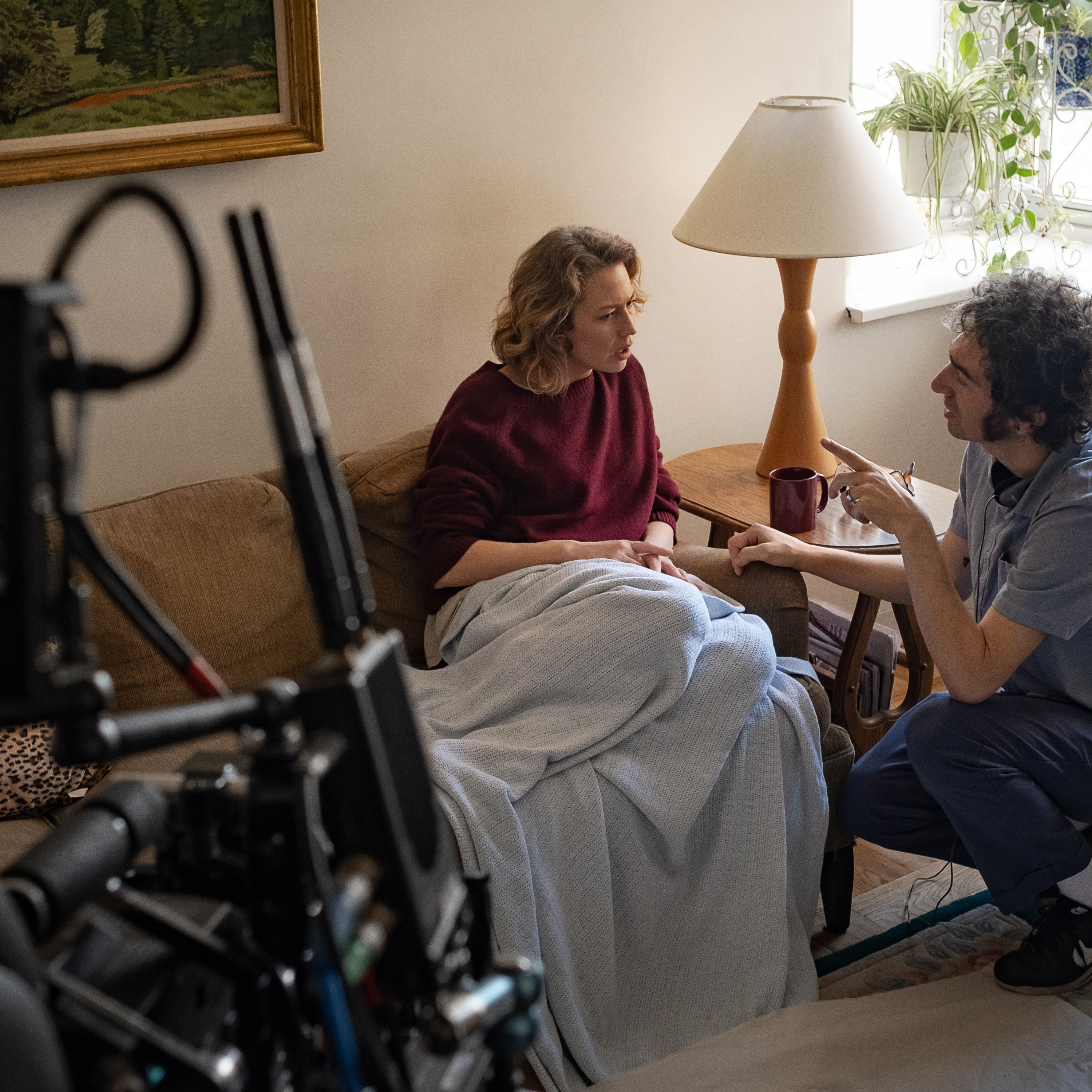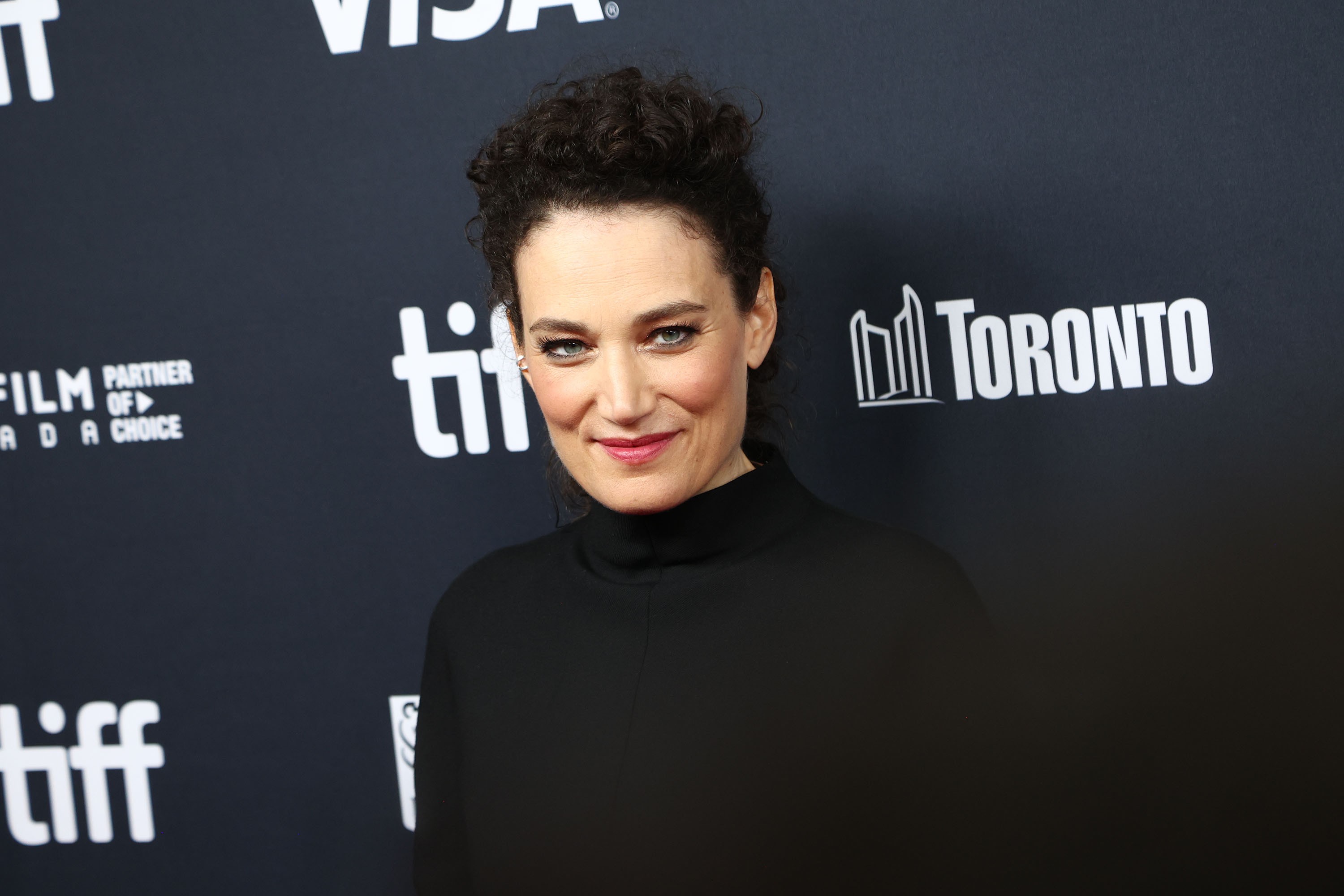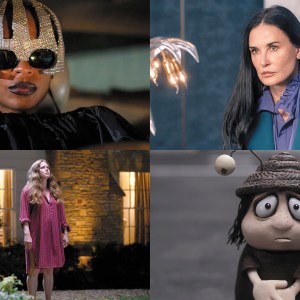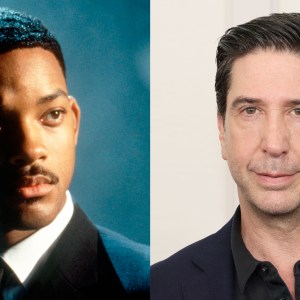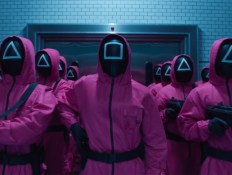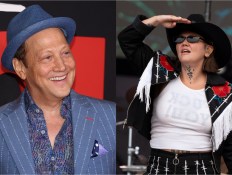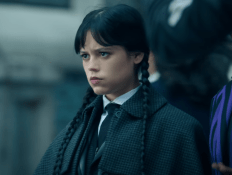By providing your information, you agree to our Terms of Use and our Privacy Policy. We use vendors that may also process your information to help provide our services. This site is protected by reCAPTCHA Enterprise and the Google Privacy Policy and Terms of Service apply.
The 20 Best Horror Movies Of The 21st Century, From ’28 Days Later’ to ‘Get Out’
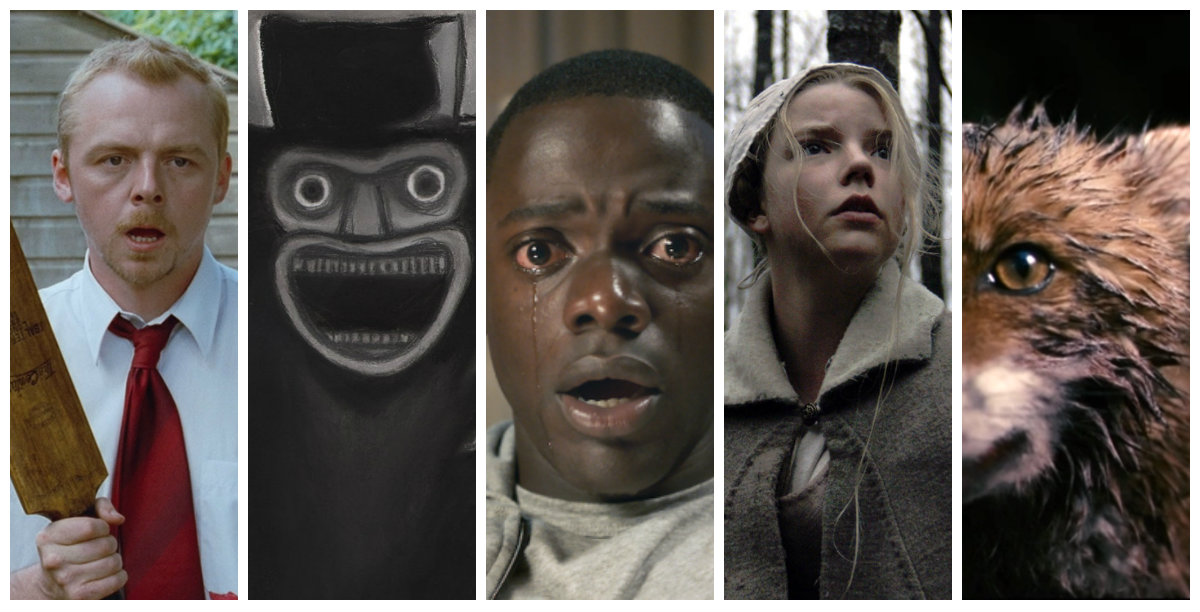
10. “Get Out”
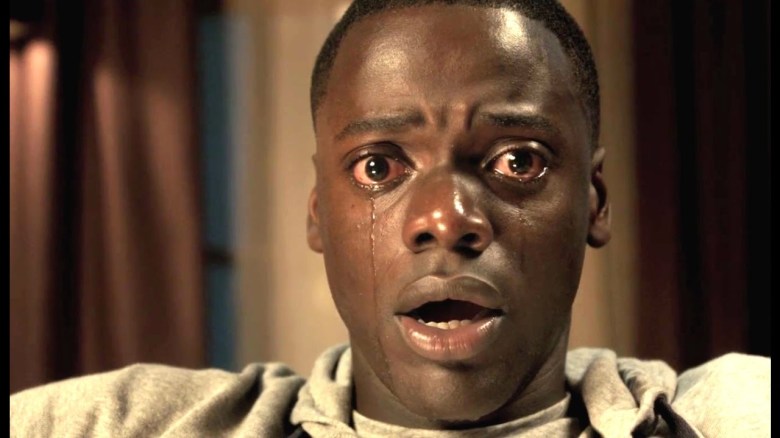
Jordan Peele’s “Get Out” was a surprise sensation when it premiered at midnight in January at the 2017 Sundance Film Festival, where the racially tinged horror-comedy proved that the writer/director was much more than a comedic actor from television. The movie, which represented years of efforts by Peele to direct his clever screenplay, has already grossed $167.2 million — and become a critical part of popular culture to boot. How could it not? The story of a young black man dating a white woman isn’t exactly new material, but Peele gives it a brilliant modern context by putting an under-discussed form of racism in its sightlines — white liberals. The notion of seemingly open-minded upper-class literati buying black slaves in the 21st century might seem absurd, but that’s exactly how the movie delivers such a jolting critique. In the process, it has kickstarted substantial discussions about racist sentiments among seemingly progressive people, inspiring editorials in The New York Times and endorsements from across Hollywood. It’s a paragon of the horror genre’s ability to embed social commentary in a thrilling package of mass-market entertainment, and viewers of all kinds are talking about it as simply a great movie, whether or not they identify as genre fans. All of this bodes well for the other horror screenplays that Peele has ready to go. As the filmmaker has pointed out, horror and comedy go hand in hand more than viewers often realize — in our mad, unpredictable times, that makes a storyteller like Peele ideally suited to turn our real world fears into unsettling punchlines. —EK
9. “The Orphanage” (2007)

Merging the gothic storybook quality of “Pan’s Labyrinth” with maternal dread, Spanish director Juan Antonio Bayona’s debut finds a woman returning to the orphanage where she grew up and confronting the literal ghosts of her past; while there, her young adopted son goes missing on the desolate beach nearby. The ’70s-set drama is a classically spooky drama that veers into morbid territory as the woman grows increasingly despondent and the very foundations of her reality start to collapse. The finale, a shadowy confrontation with supernatural forces, is distinguished by one of the great haunting scenes of all time — a slow countdown in the darkness that finds a group of ghostly children steadily approaching in the darkness. Bayona singlehandedly rejuvenated the elegant possibilities of the horror genre with this first-rate compendium of fears. From the minimalist setting to the scary children and invisible forces, the movie delivers a hodgepodge of ingredients that make this genre such an essential medium for grappling with scary things that go bump in the night. —EK
8. “The Babadook” (2014)

One of the most harrowingly accurate movies ever made about living with grief and the guilt that comes with it, Jennifer Kent’s “The Babadook” leverages dozens of traditional horror tropes into a wrenching portrait of the human pain to which no other genre has such immediate access. Anchored by Essie Davis’ unforgettable turn as a single mother who’s still living in the shadow of her husband’s death six (the result of a car accident on their way to the delivery room), Kent’s brilliant debut feature uses terror as a way to plunge deeper into its heroine’s heartache. The Babadook itself is a marvel (and a burgeoning gay icon?), the amorphous creature popping out from the pages of a mysterious children’s book to wreak all sorts of Rorschach-like havoc on the poor Australian woman who brought it into her home. Yes, the monster is a clear metaphor for depression, but few films have so viscerally realized the residual agony of loss, and how it can never be fully extinguished. —DE
7. “It Follows” (2014)

While David Robert Mitchell’s “The Myth of the American Sleepover” elevated the whiny young archetypes of a John Hughes movie to expressionistic heights, “It Follows” turns to eighties teen slashers of the “Halloween” and “Nightmare on Elm Street” variety with an eye for their metaphorical implications, and renders the looming threat of adulthood in ominous terms. At the movie’s world premiere in Cannes, a programmer introduced “It Follows” as a blend of the atmospheric classic horror movies of Jacques Tourneur (“I Walked With a Zombie”) and the metaphorical coming-of-age elements of John Carpenter. That’s an apt starting point for describing a strange and menacing supernatural story that offers its fair share of allegorical depth. Even its calculated scares come from a real place. The central premise — a sexually-transmitted disease causes the afflicted to be relentlessly pursued by a murderous being that only visible to them — is a brilliant distillation of a universal fear: the slow, insurmountable approach of an unstoppable, irrational force. With its remarkable camerawork, the movie constantly transcends its familiar genre setting with the implication that its undefined threat never really goes away, its very existence speaking to the underlying scariness of adult challenges. The monster may be invented, but the horror is very real. —EK
6. “Let the Right One In” (2008)
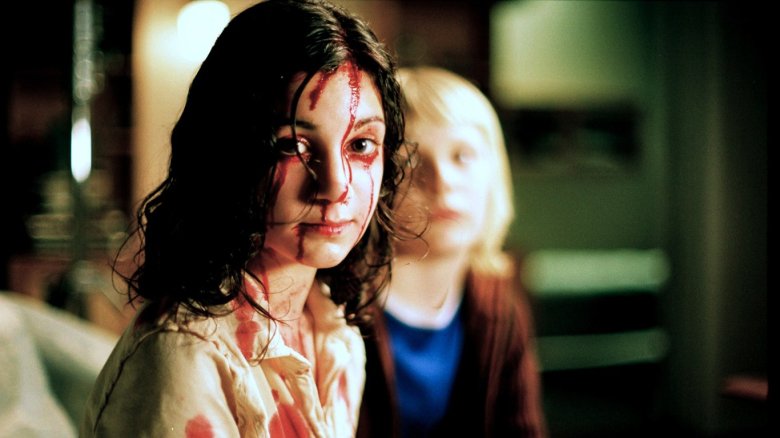
Vampires got hot on the big screen in 2008 with the first entry in the “Twilight” franchise, but they had some delightfully creepy company from Tomas Alfredson’s Swedish gothic romance, the atmospheric look at a 12-year-old boy and the vampire girl who befriends him. Anchored by the chemistry of young actors Kare Hedebrant and Lina Leandersson, the movie comes this close to generating an erotic tension between its adolescent leads, but never breaks its eerie poetic spell. The snowy setting underscores the prevalent isolation that defines the young protagonist’s life and the mystery that emerges from the discovery of his new companion, who becomes an unexpected resource against neighborhood bullies. Merging a Spielbergian sense of childhood awe with the dread of a darker world just outside the frame, Alfredson’s approach to gradual approach hints at menacing forces while leaving just enough up to the imagination of the viewer to fill in the gaps. Alfredson displays an extraordinary ability to use suggestive details about the nature of the vampire — in addition to the contrast between her morbid powers and the face of an innocent child—to maintain a horrific foundation thick with possibilities. (“I’m 12,” the stone-faced Eli tells Oskar, “but I’ve been 12 for a long time.”) Matt Reeves’ 2010 remake did a solid job of tapping into the original’s best attributes, but the Alfredson original remains a seminal horror achievement so exacting that every pregnant pause comes equipped with the frightening anticipation of what might happen next. —EK
Continue Reading: The 20 Best Horror Movies Of The 21st Century, From ’28 Days Later’ to ‘Get Out’
« Previous | Next »
By providing your information, you agree to our Terms of Use and our Privacy Policy. We use vendors that may also process your information to help provide our services. This site is protected by reCAPTCHA Enterprise and the Google Privacy Policy and Terms of Service apply.

